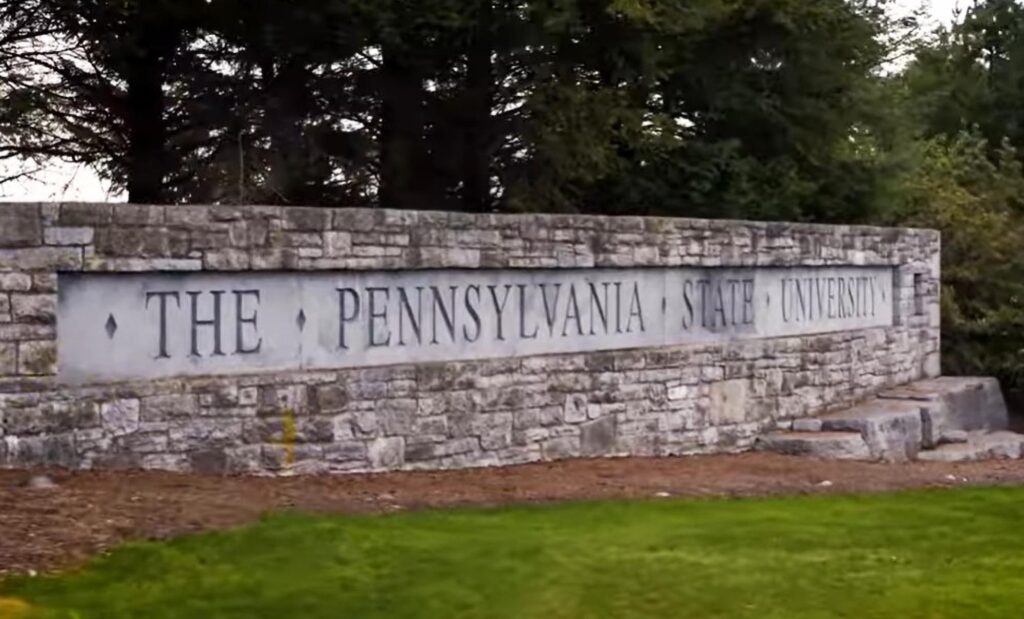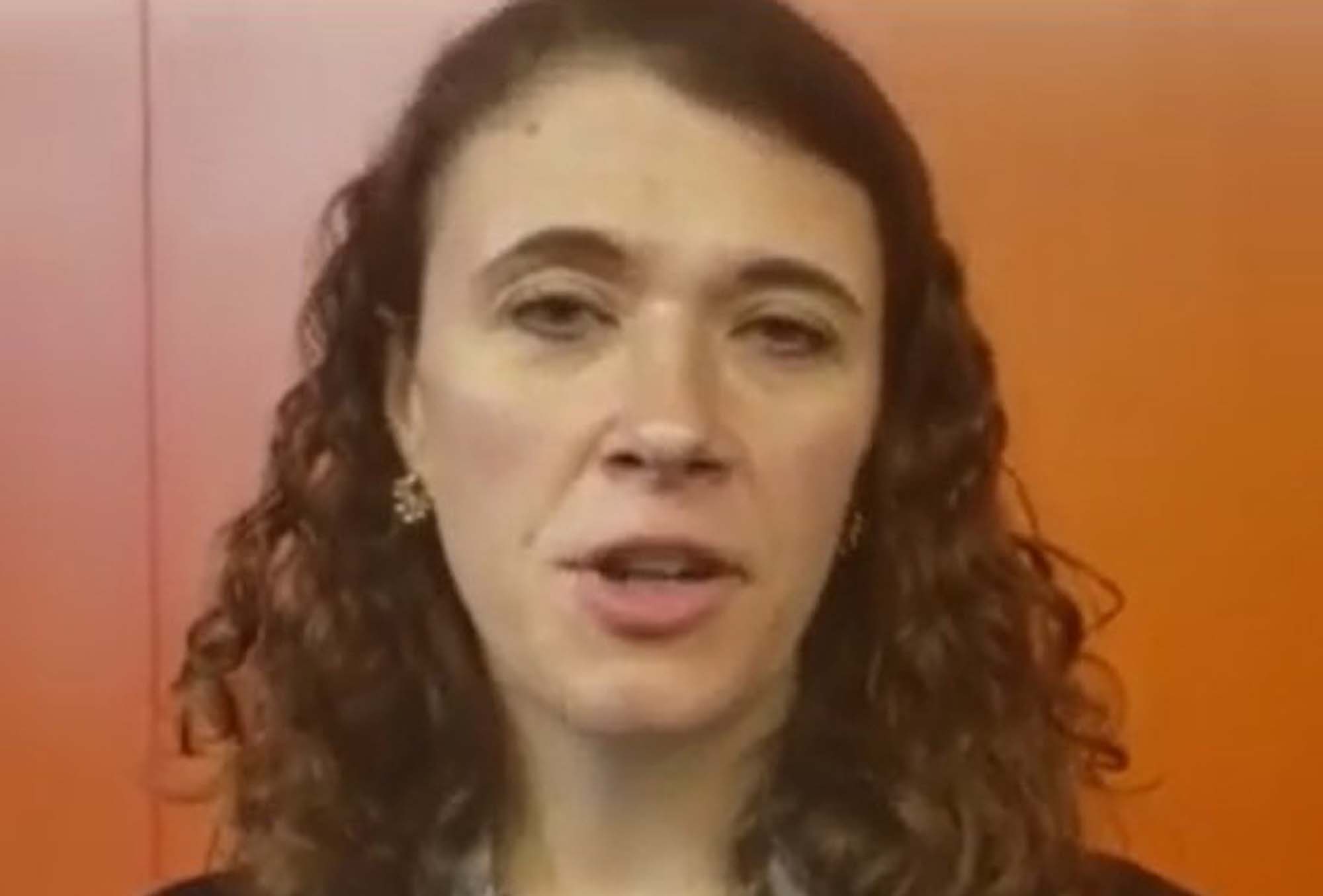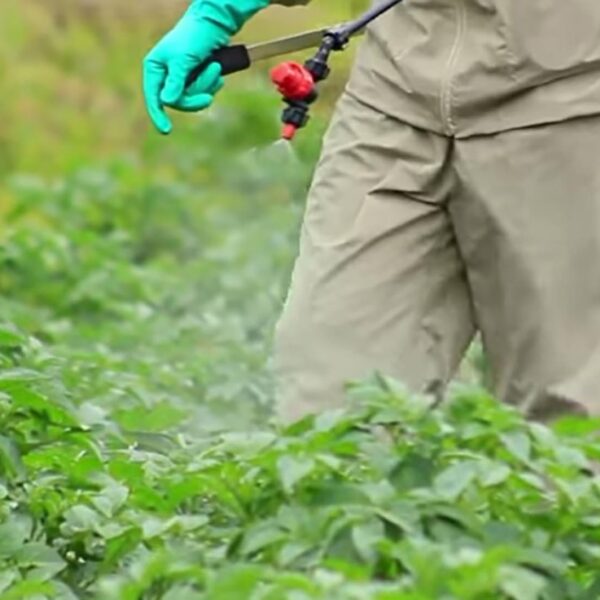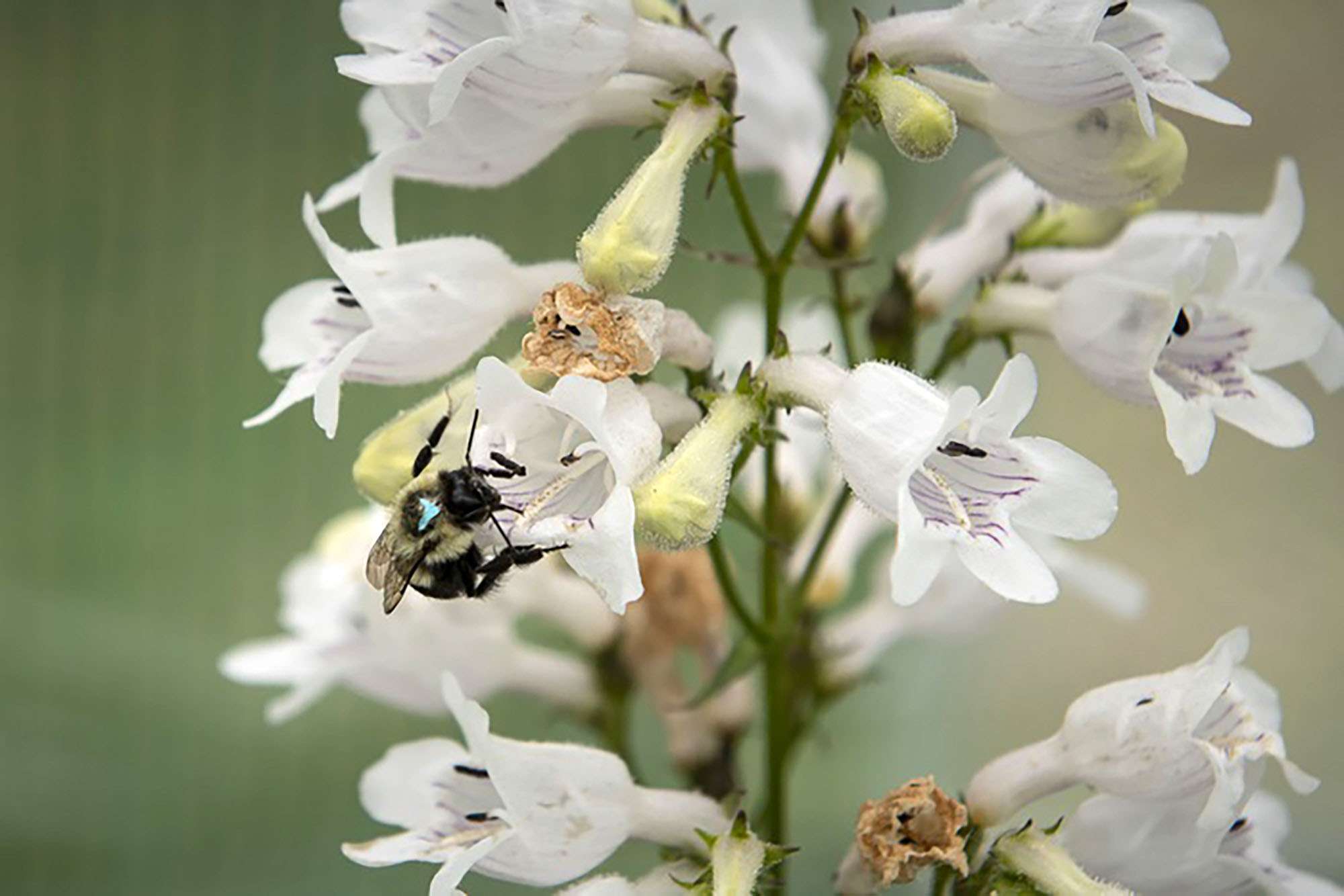Placing hives further apart from each other could help in preventing the spreading of viruses, a renowned scientist has said.
Prof Christina Grozinger, who heads the Center for Pollinator Research at Pennsylvania State University (Penn State), co-authored a recent study revealing that feral pollinators in woodlands coped better with a feared pathogen than their domesticated peers.
The survey took place at different honey farms in New York and Pennsylvania as well as at Arnot Forest near Ithaca, New York, the habitat of feral honeybees.

Prof Grozinger and her team examined the proliferation of the Deformed Wing Virus (DWV), a dangerous condition spread during Varroa destructor infestations.
Reflecting on their findings, Prof Grozinger emphasised that at apiaries supervised by beekeepers, colonies are often placed very close together.
The pollinators can therefore transmit diseases by drifting into each other’s colonies. Foraging activities at the same flowers are another potential cause for the transmission of illnesses.
The entomologist said: “In the Arnot Forest, the wild bee colonies are spread farther apart, so there should be fewer opportunities for bees to come in contact and spread the virus.”
Varroa destructor attacks are one of the main reasons for wintertime colony losses at honeybee hives. The mite reproduces by attaching to the bodies of the bees.

Beekeepers apply organic acids and miticides to their honeybee colonies to protect them from Varroa infestations.
Researcher Robert Brodschneider from Graz University in Austria warned: “Untreated Varroa infestations will result in the certain death of the colony after two or three years.”











